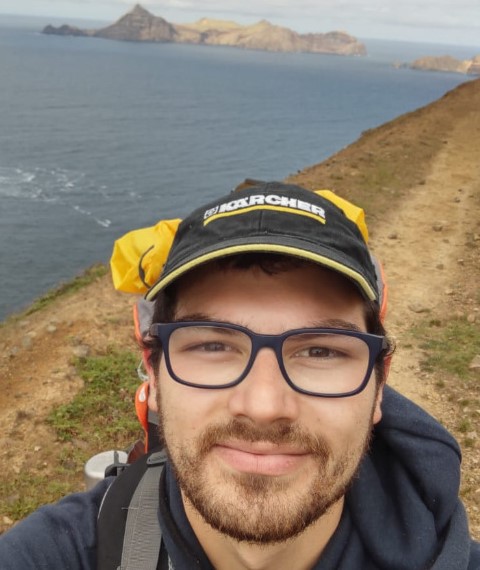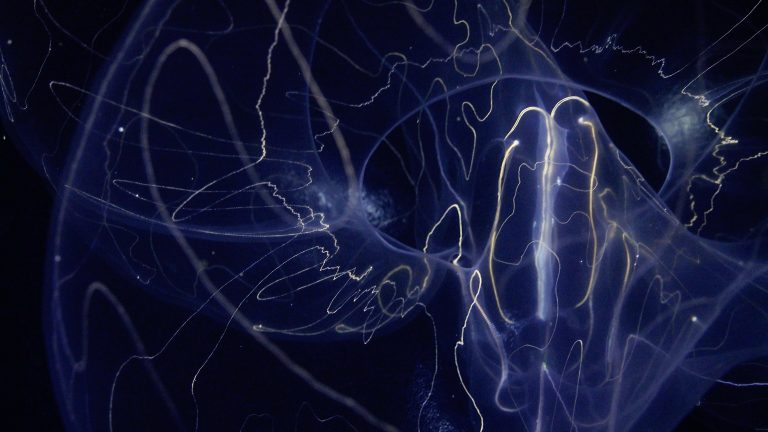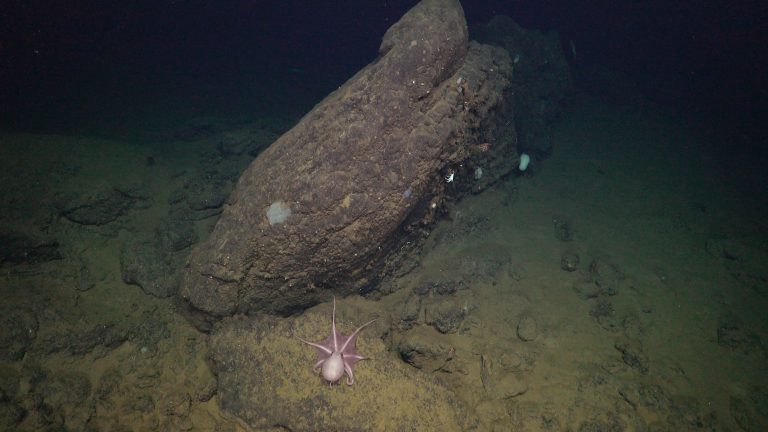Publication: Stewart, A., Pietsch, T., Moore, J., Peng, X. (2023). Upside-down swimming: in situ observations of inverted orientation of Gigantiactis, with a new depth record for the Ceratioidei. Journal of Fish Biology, doi: 10.1111/jfb.15609. [This article is published as OPEN ACCESS].
Stewart, A., Pietsch, T., Moore, J., Peng, X. (2023). Upside-down swimming: in situ observations of inverted orientation of Gigantiactis, with a new depth record for the Ceratioidei. Journal of Fish Biology, doi: 10.1111/jfb.15609.






